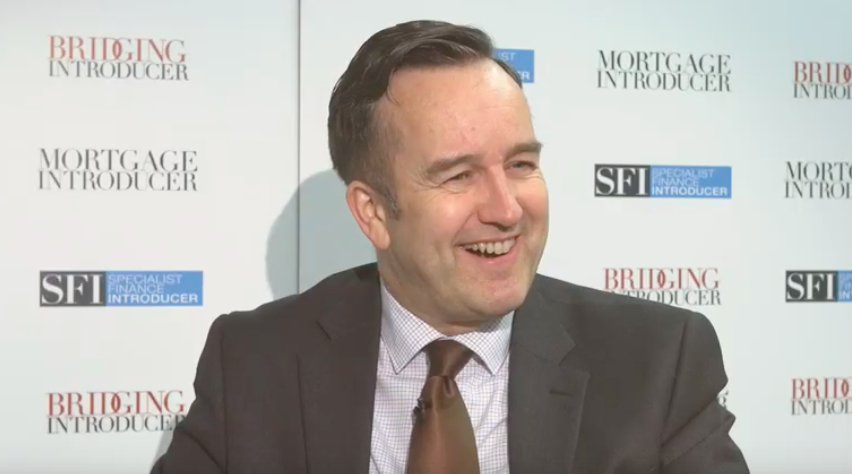As we move seamlessly into February, it is easy to get caught up with the daily challenges and looking at how we turn those frustrations into opportunities.

Martin Reynolds (pictured) is chief executive at SimplyBiz Mortgages
As we move seamlessly into February, it is easy to get caught up with the daily challenges and looking at how we turn those frustrations into opportunities.
One such area, in my view, is the ‘valuation and survey conundrum’.
When we went into lockdown #1, the market stopped as no physical valuations were being carried out. Lenders looked towards their panel managers for a solution.
The first response that was pulled out of the kit bag was the desk top valuation.
These have been in use for decades now and, whilst they have improved immeasurably over the years, are they really still the best that could be offered?
We quickly moved to desktop plus, as the use of other external data was included to provide greater comfort to the lenders.
Again, whilst an improvement, it only gave lenders comfort up to certain LTV bandings and these differed by lender depending on their risk appetite.
At our sister company Gateway Surveyors, we locked away some of our team to look for another solution that could be more in keeping with the 21st Century, and one that also had an eye on the future.
They came up with the Zero Contact Valuation suite of products. These allowed lenders to choose from three levels of detailed data-mining, in addition to interaction from the householder, whether by photographic or video support, to enable a more detailed report to be produced.
Several of their panel managed lenders took up the challenge and are still using it. From a risk perspective, they are more detailed than a desktop and provide a more through understanding of the property to be mortgaged.
Also, they are more environmentally friendly; if we can continue to increase the numbers used, and more panel managers invest in new ways of working, then the number of car journeys required will reduce, which will help the environment.
Obviously, there are still some challenges to overcome. For lenders that securitise, the market still wants to see a physical valuation. Tony Ward raised this point prior to Christmas and how, as an
industry, we need to keep challenging this assumption. He is right, and more detailed analysis needs to be carried out as to why this logic is still in place.
We also need to keep challenging balance sheet lenders on why they feel a physical valuation is needed in so many instances. As we currently sit in lockdown #3, we are lucky that the housing market is still able to function.
If the restrictions had been the same as in lockdown#1, would we have again accepted that no valuations could be carried out? We need to embrace technology more so that the valuation process does not create future logjams.
Having said all of this, by moving to a more data driven, and automated model, where does this leave the actual consumer?
The homebuyer still needs protection and should be taking out their own survey to give them the comfort that it’s the right property and they understand any issues involved.
Too often, they are relying on the lender’s valuation, which is not detailed enough.
Whilst this is an opportunity for the adviser it should also be a big part of their role to advise the customer on its importance.
If we can crack this, then there is a real positive, we just then need to work out how we can make it more environmentally friendly.
Whilst one solution may provide a new challenge, it should not stop us, as an industry, aiming to progress and improve; it is, after all, what we are good at.



